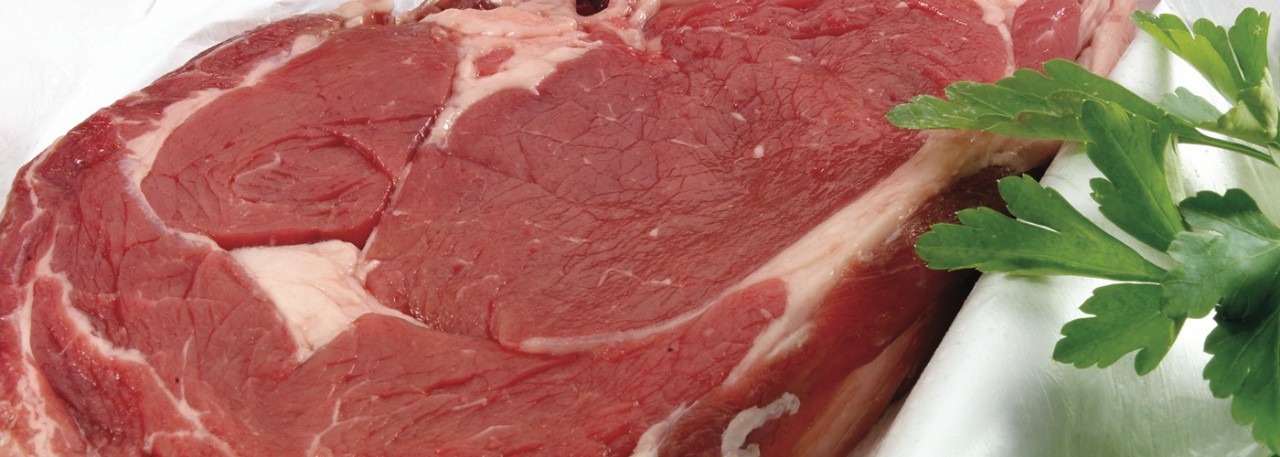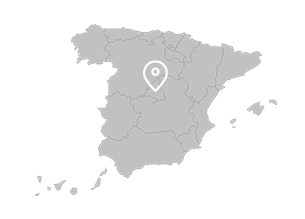.png.transform/rendition-xs/image_image%20(1).png)
Carne de la Sierra de Guadarrama PGI
Beef from cattle reared for meat of the Avileña-Negra Ibérica, Limousin, and Charolais breeds and crossbreeds of these.
Tasting notes
In this meat, which has a characteristic aroma and flavor, the fat plays an important role adding juiciness and taste.
Other notes
When fried, liquid is not released and, when correctly cooked in other ways, the resulting meat is very juicy.
The general characteristics of the different types of meat are as follows:
- Ternera: light or pinking red, evenly distributed white fat.
- Añojo: bright light red to purplish red, with evenly distributed white-to-creamy fat
- Cebón: deep red, marbled with cream-colored fat.
Production / Processing method
Production takes place in two stages. The first is lactation which lasts until weaning after five or six months. During this stage, the animals remain in the field with their mothers, suckling and feeding on pastures. The subsequent growth and fattening stage lasts until slaughter at 12-18 months.
During the last three months before slaughter, the animals receive intensive fattening feed in order to finish growth. The feed used must be authorized by the Regulatory Council. Except for the last stage, the cattle remain in the field as much as possible, feeding on the natural resources. Only when these become scarce do they receive supplementary feed.
The animals covered by the PGI must be slaughtered in authorized slaughterhouses, separated from any others. The carcasses must be aired for a minimum of 24 hours then hung for at least five days.
Geography / Relief and climate
The production area is the same as that of the Sierra de la Comunidad de Madrid, a typical cattle-rearing area because of its relief and climate. Other types of farming are not suitable because of the irregular relief, poor soils, and very harsh climate, all of which make mechanization difficult.
The climate does allow pastures to be maintained all summer, so that animals can remain in the fields until the winter months, feeding on natural pastures, when falling temperatures make it necessary to bring the animals down from the mountains. Even when they have to be stabled, the basic feed is still from local resources.
Regulatory Council
Consejo Regulador de la IGP Carne de la Sierra de Guadarrama
Complejo Agropecuario. Ctra. de Guadalix, km. 2,500
28770 Colmenar Viejo (Madrid)
Tel: (+34) 918 451 506
informacion@carneguadarrama.com
www.carneguadarrama.com
Sources:
- Spanish Ministry of Agriculture
- Regulatory Council, Carne de la Sierra de Guadarrama PGI
When fried, liquid is not released and, when correctly cooked in other ways, the resulting meat is very juicy.


- /content/dam/en/icex-foodswines/images/products/fresh-meat/carne-de-la-sierra-de-guadarrama-pgi/Carne%20de%20la%20Sierra%20de%20Guadarrama%20PGI%20carr1.jpg
- /content/dam/en/icex-foodswines/images/products/fresh-meat/carne-de-la-sierra-de-guadarrama-pgi/Carne%20de%20la%20Sierra%20de%20Guadarrama%20PGI%20carr2.jpg

Colmenar Viejo (Madrid)
